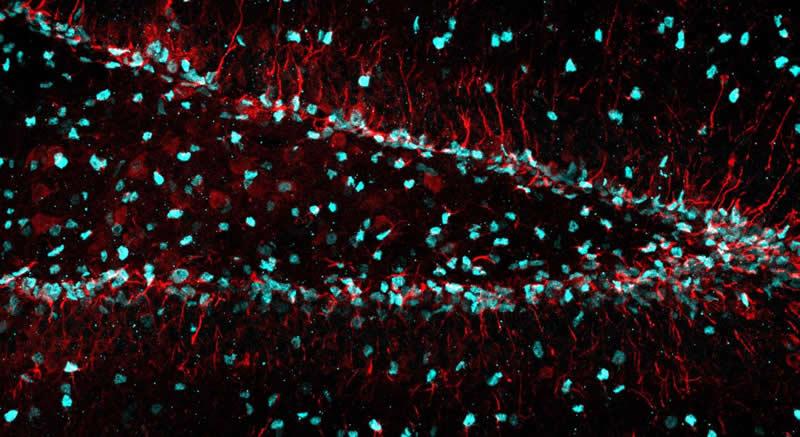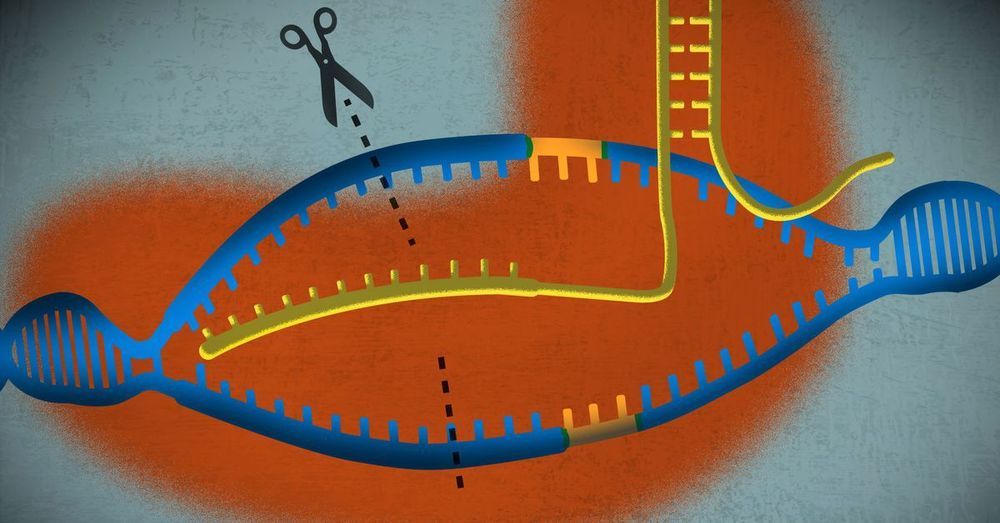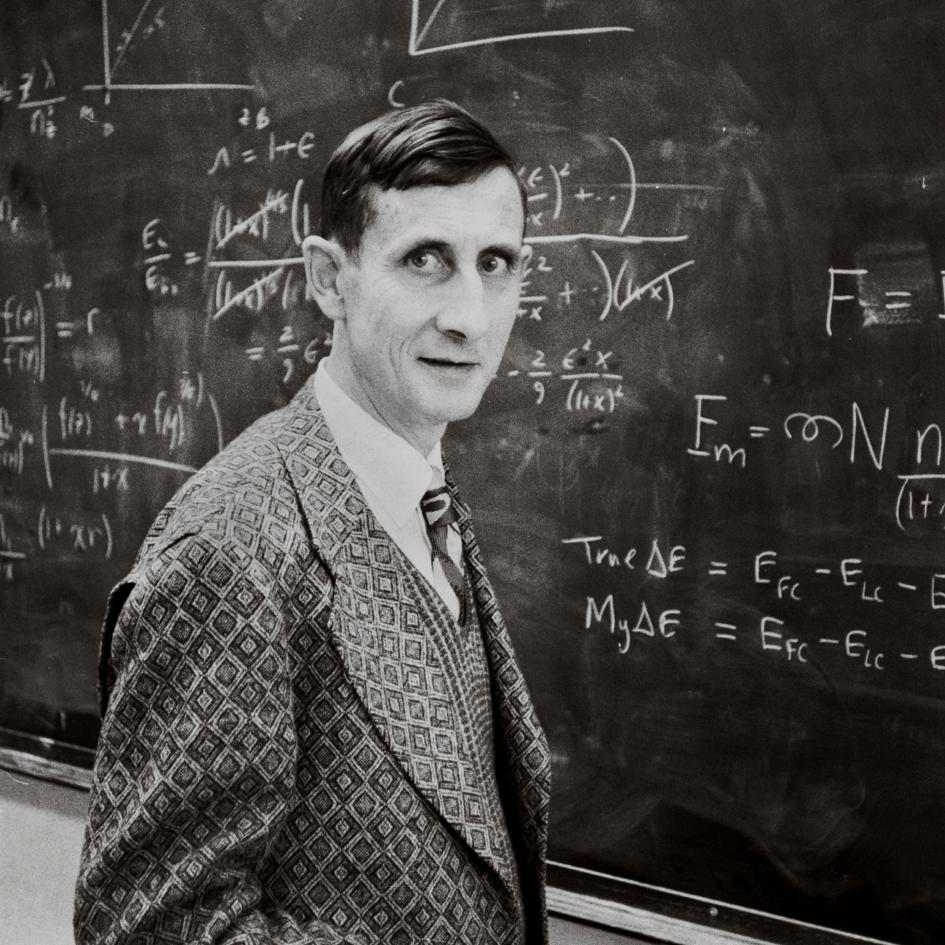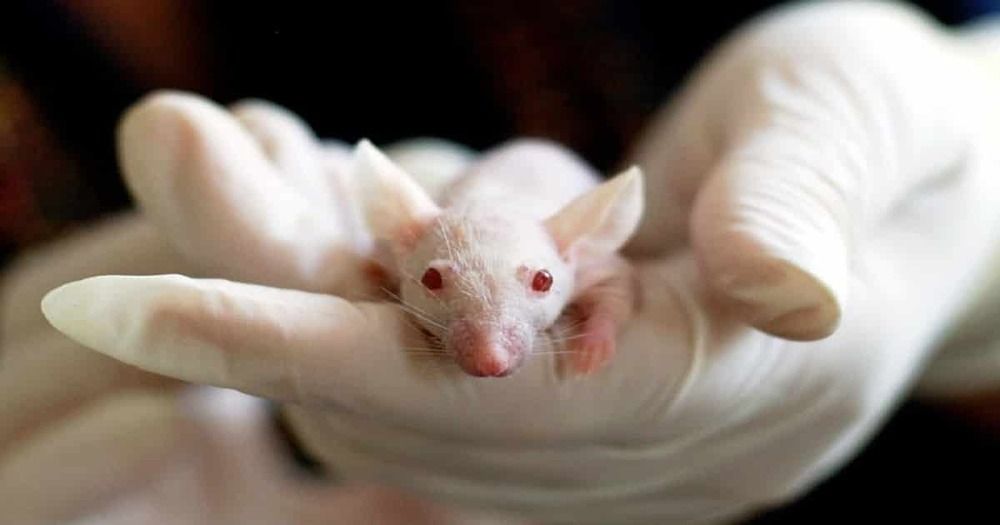Summary: Vimentin, a cellular filament, helps neural stem cells to clear damaged and clumped proteins, assisting in neurogenesis.
Source: University of Wisconsin Madison
New research by University of Wisconsin-Madison scientists reveals how a cellular filament helps neural stem cells clear damaged and clumped proteins, an important step in eventually producing new neurons. The work provides a new cellular target for interventions that could boost neuron production when it’s needed most, such as after brain injuries. And because clumping proteins are a hallmark of many neurodegenerative diseases, like Alzheimer’s, the new study could provide insight into how these toxic proteins can be cleared away. Assistant Professor of Neuroscience Darcie Moore led the work with her graduate student Christopher Morrow. Their study is available online in the journal Cell Stem Cell.









